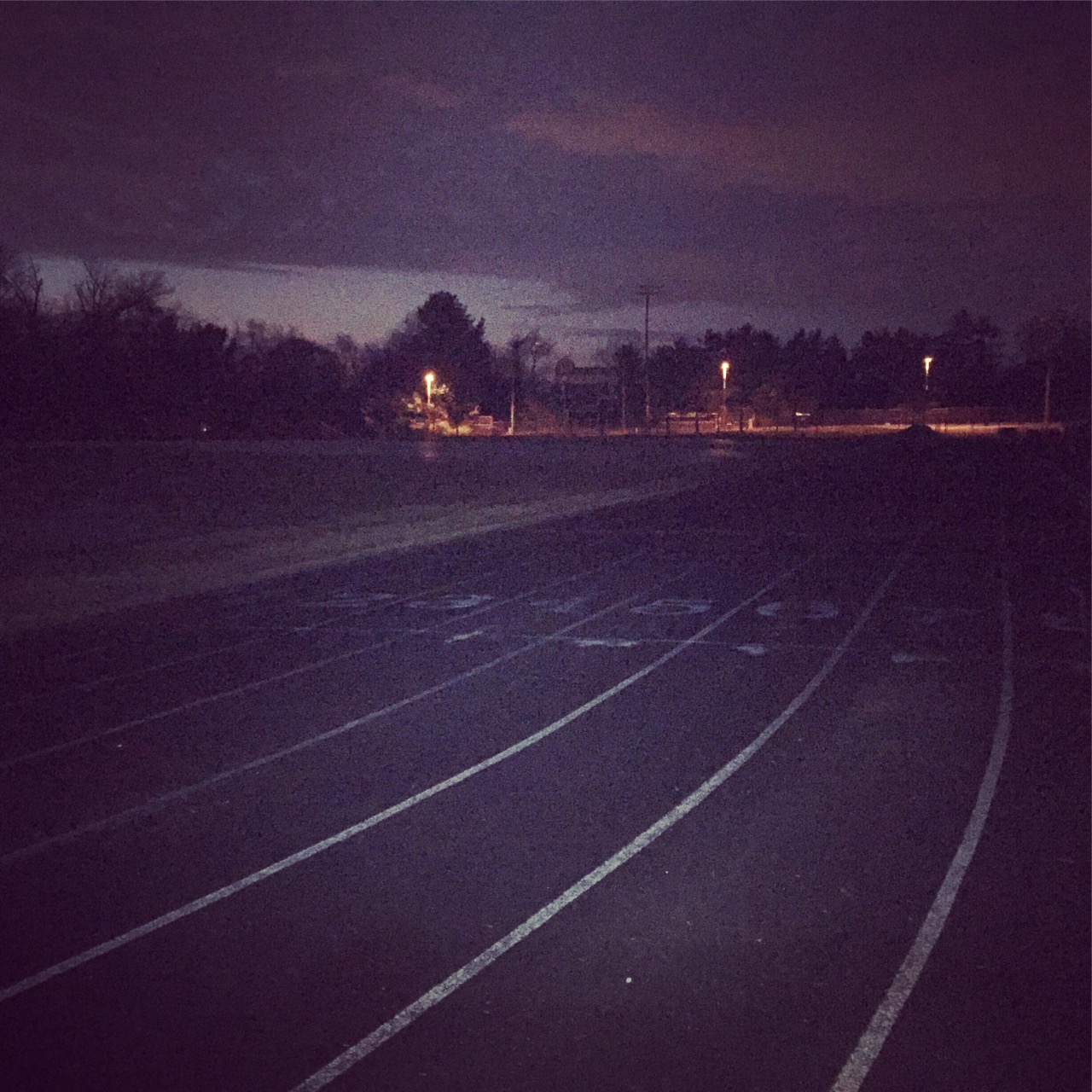Everyone training for a marathon is familiar with the long runs. (If you don’t, they’re (hopefully) the reason your significant other disappears for 2-3 hours once a morning every weekend. If that’s NOT the reason, then I’m sorry. This is a terrible way to find out.) The long runs are a weird, somewhat counter-intuitive workout, particularly for competitive people. It defies human logic to train for a ‘race’ by just staying on your feet in motion for hours. Surely you need to push yourself to get better, right?
Well, that’s not the case. Post after post after post suggests that the long, slow run is best run S-L-O-W. And by ‘slow,’ I mean very slow…tortoise slow…mind-numbingly slow.
I’m writing this blog as a form of confession: I have always run my long runs too fast.
As a frame of reference, my most recent half marathon was run at a 7:25 min/mile pace (approx. 4:35 min/km) suggesting I could finish a marathon in under 4 hours at a stroll and could qualify for Boston if I could extend my half- pace for a full. The reason I can’t do either at the moment comes down to endurance, which seems to come down to the quality of my long runs.
If you read through the posts above (or any of the 100+ pages that come up in a Google search for “long slow run,” it becomes evident that the science behind long runs being beneficial as a part of marathon training seems pretty much settled. [Though there are some emerging alternative approaches out there.] The length of those runs may vary, with some plans recommending runs up to 22-miles in prep, while others say that 18 is sufficient (nobody seems to recommend a full-marathon distance as a build-up to a marathon). The science also seems settled around building up that distance over 16-20 weeks, with three weeks or so of rising mileage, followed by one ‘break’ week with a shorter long run to recover.
The biggest disagreement seems to circle around how fast to run your 18-22 miles in the build-up, though there is a consensus around SLOW. The range seems to be anywhere from :30-:90 seconds slower than your race pace) or about 85% of your race pace, 70% off your race pace, to 50%. This post even suggests just running by feel (using the force?). I know…not helpful.
To get to the ‘right’ answer, it’s probably important to review the basics: what are the long runs supposed to do and not supposed to do:
In the “Supposed to Do” column:
- Expand your aerobic foundation so that your body has the lungs to get through a marathon
- Simulate the time on your feet, in motion, to make the marathon seem less shocking to key muscle groups (this avoids cramping)
- Offer a rehearsal of sort to help test what nutrition program works, what shoes and socks feel good afterward, what clothes chafe, etc.
In the “Not Supposed to Do” column:
- Not finish the duration of the long run
- Break down muscle fibre (so you need recovery time days or weeks afterward)
That’s pretty much it. This puts me more and more into the “run by feel” category, but ensuring that I’m going darn slow at the start. At my pace, I’m going to aim for an 8:45-9:00 pace at the start (first half), then pick up the pace a bit if I feel good. Even at the faster pace, I won’t get below 8:15. That’s the aim, anyway.
Of course, proof is on the road. Went out last weekend for an 18-20-miler (2:45ish total time) and only got through 17 miles before calling it (actually, calling my wife to come fetch me in the minivan). Too fast. Darn. This is harder than it sounds. I’ll try again next weekend in the last long run before my April marathon.
